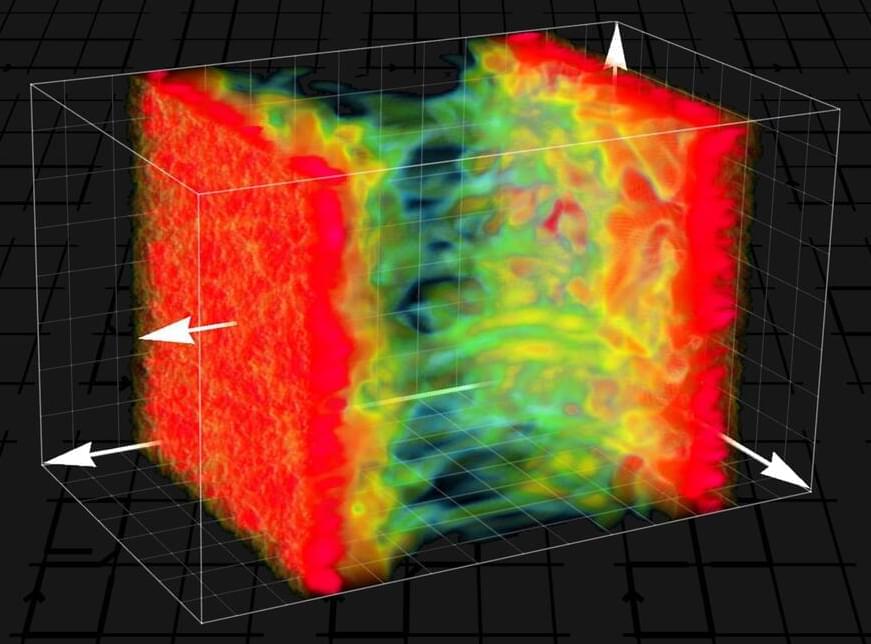It could hardly be more complicated: tiny particles whir around wildly with extremely high energy, countless interactions occur in the tangled mess of quantum particles, and this results in a state of matter known as “quark-gluon plasma”. Immediately after the Big Bang, the entire universe was in this state; today it is produced by high-energy atomic nucleus collisions, for example at CERN.
Such processes can only be studied using high-performance computers and highly complex computer simulations whose results are difficult to evaluate. Therefore, using artificial intelligence or machine learning for this purpose seems like an obvious idea. Ordinary machine-learning algorithms, however, are not suitable for this task. The mathematical properties of particle physics require a very special structure of neural networks. At TU Wien (Vienna), it has now been shown how neural networks can be successfully used for these challenging tasks in particle physics.









Comments are closed.